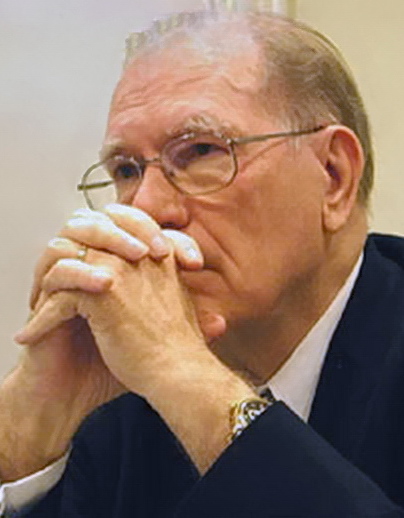Views of Lyndon LaRouche and the LaRouche movement: Difference between revisions - Wikipedia
 Article Images
Article Images
Content deleted Content added
Line 55: According to the LaRouchites, the '''LaRouche-Riemann Method''' was built on the application of LaRouche's concepts to the theories of [[Bernhard Riemann]]. LaRouche posits axiomatically non-linear notions of individual human cognition to the science of physical economy, established in the late 17th century by [[Gottfried Leibniz]]. LaRouche claims to have located the determining, non-linear factor in increase of society's potential relative population-density in the relation to the development of advanced productive designs. In his subsequent search for a measurable standard for this treatment of the role of human cognition, LaRouche adopted the [[Gottfried Leibniz|Leibniz]]-[[Carl Friedrich Gauss|Gauss]]-[[Bernhard Riemann|Riemann]] standpoint, as represented by Riemann's [[1852]] With the formulation of this method, LaRouche claims success as a long-range forecaster. LaRouche says that he predicted that if the policies of the [[Truman]] and [[Eisenhower]] presidencies persisted, the second half of the 1960s would experience a series of international financial-monetary crises, leading toward a breakdown in the existing [[Bretton Woods system]]. The LaRouche-Riemann Method predictions for the future include a systemic crisis, and a general breakdown crisis" of the global system if [[monetarism|monetarist]] forms of austerity measures are continued. | |||